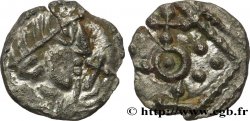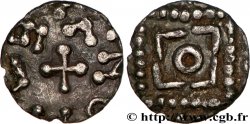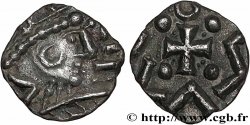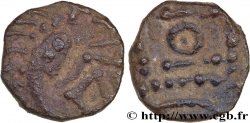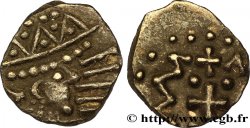Live auction - bmv_646930 - ENGLAND - ANGLO-SAXONS Sceat à la tête casquée, Série D, type 2c
You must signin and be an approved bidder to bid, LOGIN TO BID. Accounts are subject to approval and the approval process takes place within 48 hours. Do not wait until the day a sale closes to register. Clicking on "BID" constitutes acceptance of the terms of use of cgb.fr private live auctions.
Bids must be placed in whole Euro amounts only. The sale will start closing at the time stated on the item description; any bids received at the site after the closing time will not be executed. Transmission times may vary and bids could be rejected if you wait until the last second. For further information check the Live auction FAQ
All winning bids are subject to a 18% buyer’s fee.
All winning bids are subject to a 18% buyer’s fee.
| Estimate : | 220 € |
| Price : | 200 € |
| Maximum bid : | 200 € |
| End of the sale : | 27 April 2021 16:35:47 |
| bidders : | 3 bidders |
Type : Sceat à la tête casquée, Série D, type 2c
Date: c. 710-760
Mint name / Town : Frise, Domburg (Pays-Bas)
Metal : silver
Diameter : 11,5 mm
Weight : 1,14 g.
Rarity : R2
Coments on the condition:
Flan un peu court, mais de hauts reliefs. Belle patine
Catalogue references :
Obverse
Obverse legend : LÉGENDE RUNIQUE DEVANT LE VISAGE.
Obverse description : Tête stylisée à droite, une couronne radiée sur la tête ; les épaules cintrées formées d’un rang de perles entre deux traits parallèles.
Reverse
Reverse legend : LÉGENDES GÉOMÉTRIQUES.
Reverse description : Croix grecque bouletée, cantonnée de quatre globules ; légende autour.
Commentary
Ce type 2c de la série D se divise en deux, selon que le poids est lourd ou léger. D. M. Metcalf fait pourtant remarquer qu'il existe des copie difficile à reconnaître et que certaine monnaies officielles ont pourtant un style très “pauvre”.
Ce denier probablement frappé à Domburg, est repris comme “Continental runic type”.
This type 2c of the D series is divided into two, depending on whether the weight is heavy or light. DM Metcalf, however, points out that there are copies that are difficult to recognize and that some official coins have a very “poor” style. This denarius, probably struck in Domburg, is listed as “Continental runic type”
Ce denier probablement frappé à Domburg, est repris comme “Continental runic type”.
This type 2c of the D series is divided into two, depending on whether the weight is heavy or light. DM Metcalf, however, points out that there are copies that are difficult to recognize and that some official coins have a very “poor” style. This denarius, probably struck in Domburg, is listed as “Continental runic type”







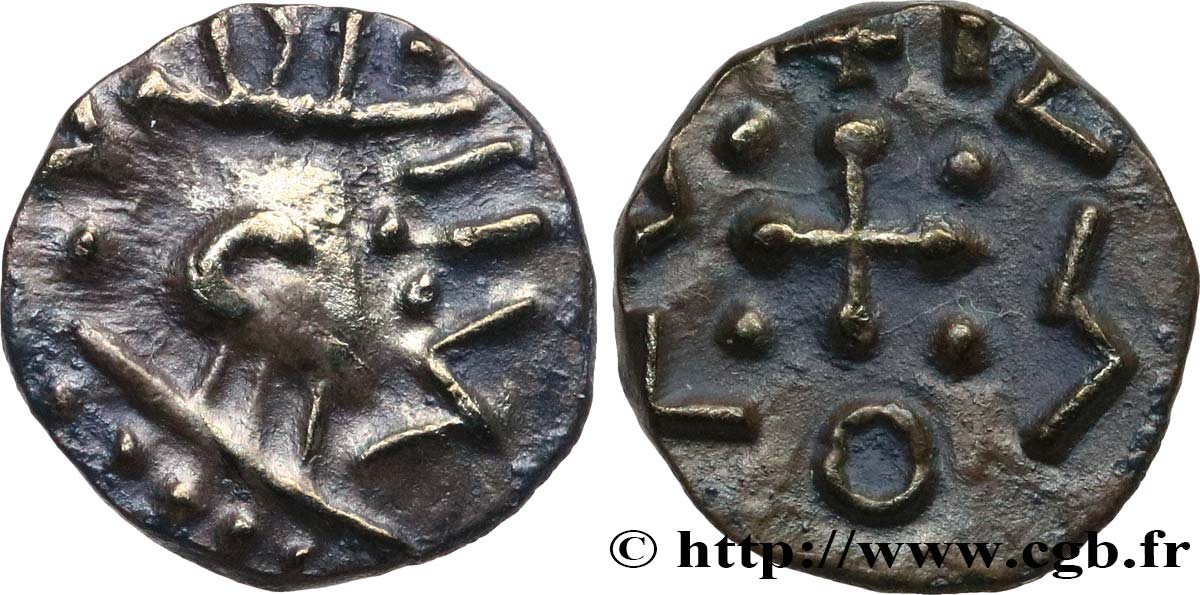
 Report a mistake
Report a mistake Print the page
Print the page Share my selection
Share my selection Ask a question
Ask a question Consign / sell
Consign / sell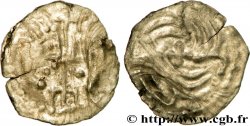
 Full data
Full data